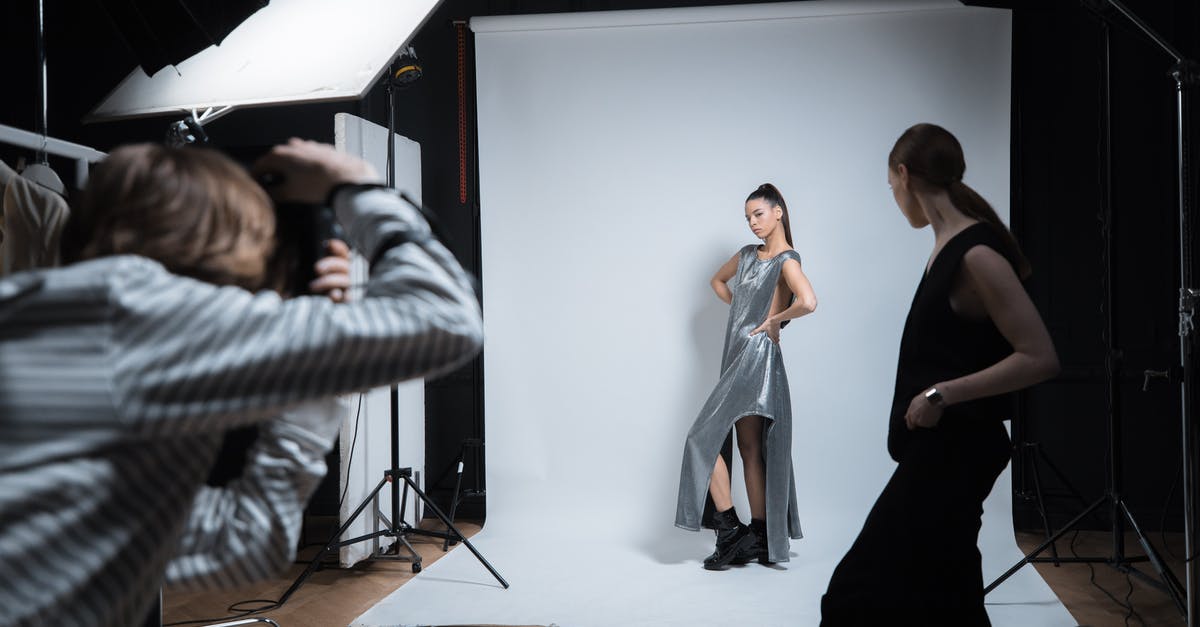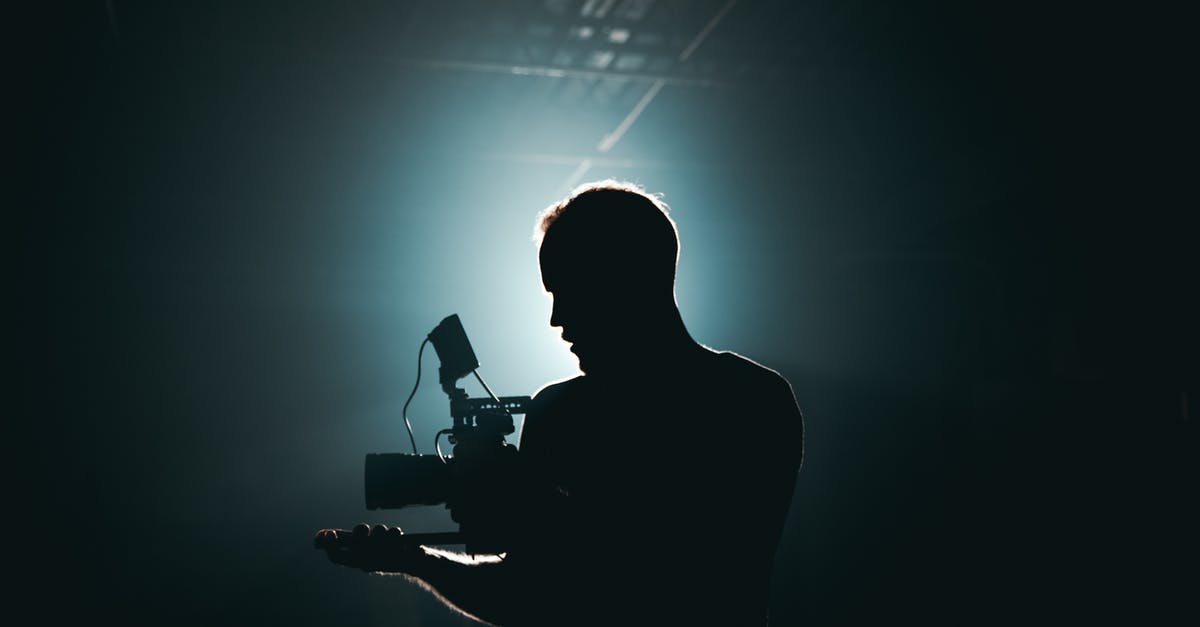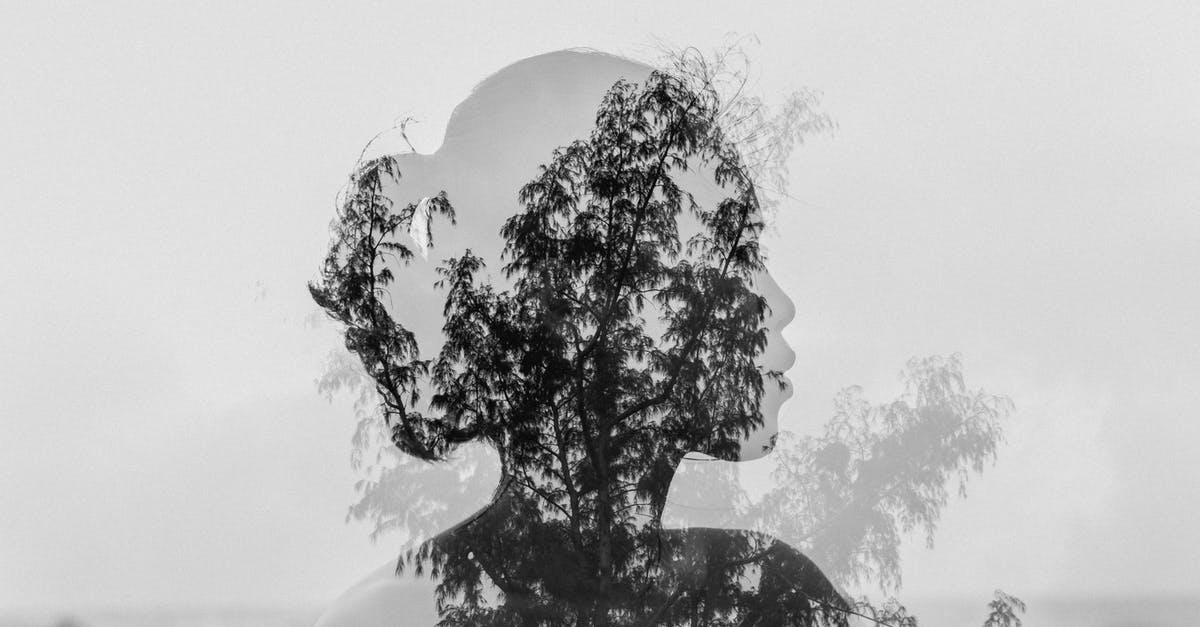How slasher scenes get shot?

I love watching Slasher movies like Saw, Final Destination etc, but always wonder that how they shoot these kind of scenes which looks too real. Scenes like where body parts get slashed, broken in two parts etc.
Some may include CGI but most of them do not look like CGI. What techniques do they use?
Best Answer
Having been in the makeup FX biz for a while, I am in a good position to answer this, but I'm going to do so using personal experience and no links to external sites - so you might want to wait for a more comprehensive answer before up voting.
Essentially, there are several ways to approach these shots.
Let's take a simple stabbing: If the stabbing is carried out through clothing then all that is required is a blood bag (or blood pumping knife), a retractable blade and your actors. The retractable blade goes in, the knife handle is squeezed to achieve the blood or the blood bag is burst to create the same effect. Bare skin is a little harder, but will still utilize the same retractable blade - however more often than not a cut away will edited in (reaction shot etc) so that the preceding shot can feature a prosthetic (latex, silicon, foam rubber) that simulates the wound. This prosthetic might even feature a blood tube (hidden by clothing or hairline) that can make blood seep from the gash.
More complex effects (bodies ripping in half etc) will require full size fabricated torsos, made to look like the victim and loaded with fake (or real) organs and blood. Infamously, for the torso ripping scene at the climax of the original Day of the Dead, Romero loaded the actor's fake stomach cavity with real guts, which got very ripe under the lights. The zombies had their nostrils plugged, but poor Joe Pilato who played Rhodes had to suffer!
These old school gore effects are still utilized today, most noticeably by KNB FX who create the effects for The Walking Dead, but even those effects are combined with CGI to show blades passing through heads. In fact, CGI has become the standard for lower budget productions (see anything on the SyFy channel) for creating these types of effects, but they are usually shoddy, fake and unbelievable (I'm an old school guy, so I may be a little prejudiced here).
If you require more detailed information about the entire practical effect process, I would be happy to add that to my answer. Bear in mind though it will turn into an essay :)
Pictures about "How slasher scenes get shot?"



How are dark scenes filmed?
Underexposing the shot can add to the illusion of darkness or moonlight. It is typical to underexpose by about two f-stops. A neutral-density filter is often used to achieve this darkening, so that the camera aperture remains unchanged. Daytime sky can be darkened to simulate night.How are horror films shot?
Birds eye/high angle These kinds of shots are used in horrors to make the figure or object that is being looked down upon seem completely powerless and vulnerable.How do you shoot a horror scene?
Make it creepy by adding heavy breathing sound effects, or a black and white visual effect. Right before the scariest part, have a normal or calm scene. Then out of nowhere have something scary happen. It will be much more unexpected and scare people more.Which slasher is the scariest?
Top 10 Slasher Movies of All Time- Black Christmas (1974) ...
- A Nightmare on Elm Street (1984) ...
- Scream (1996) ...
- The Texas Chain Saw Massacre (1974) ...
- Alien (1979) ...
- Halloween (1978) ...
- Psycho (1960) ...
- Peeping Tom (1960) Released in 1960, the same year as Psycho, Peeping Tom has been endlessly compared to it ever since.
How Camera Movement Makes Horror Terrifying
Sources: Stack Exchange - This article follows the attribution requirements of Stack Exchange and is licensed under CC BY-SA 3.0.
Images: Ron Lach, Kyle Loftus, Nguyễn Thanh Ngọc, Min An
